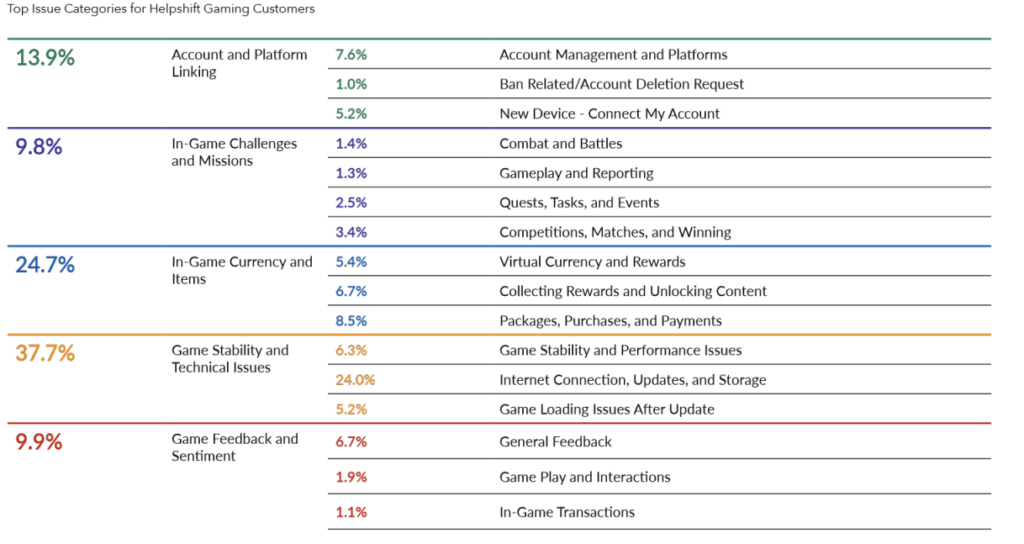Let’s dive into the unfiltered truth about customer service. Forget the sugarcoating – we’re talking about bots. Before you groan, hear me out. I’ve been in those trenches and I’ve got stories that might just change your mind.
Back in the day, I was the guy at the other end of the line in a call center for a financial SaaS company. Picture this: system crashes, high-stress traders on hold, every minute feeling like an hour. Those were the times when angry traders, desperate to access their crucial trading systems, really put our skills to the test. And amidst this chaos, imagine the contrast of patiently walking a grandma through setting up Outlook – a scenario as challenging as it was surreal. It was a world of high stakes and high stress, where every call was a journey through the most unexpected corners of customer service.
But what really struck me was the monotony of simple tasks like resetting passwords. It got me thinking, “There’s got to be a better way.” And guess what? There is. Helpshift’s stats for Fintech show a whopping 94% automation rate. Bots either solve the issue outright or prep the agent for a faster resolution, leading to a CSAT score between 3.9 to 4.3.
Helpshift’s data about
CSAT Gaming and Fintech


Now, let’s talk gaming. Automation here is @ 82%, with CSAT scores ranging from 3.8 to 4.2. The diverse range of issues in gaming explains the lower satisfaction scores. Here’s where it gets interesting: Helpshift uses AI and ML tools to decipher user intent. Understanding a player’s intention is crucial. It’s like the brains of the operation, guiding them to the right workflow, be it a bot or a human agent. This smart routing system ensures every issue finds its perfect match for resolution.

Imagine being a high roller in trading or gaming. Time equals money. You expect quick, efficient service. You call in, and while the rep’s great, a well-designed bot could’ve resolved your password issue in less time than brewing a coffee. Bots aren’t just time-savers; they’re sanity savers.
In the realm of customer support, one might think every issue is a unique snowflake, but that’s far from reality. The truth is the types of problems we encounter are predictably similar. Most customers believe their concerns are one-of-a-kind, special in their complexity. However, experience tells a different story. The vast majority of queries follow familiar patterns, echoing the same frustrations and needs. This repetitive nature isn’t just a pattern; it’s an opportunity. It allows us to streamline responses and tailor solutions that are effective and efficient. Understanding this predictability is key in transforming customer service from a reactive task to a proactive strategy.

In customer service, it’s about using the right tool for the right job. Bots handle the easy stuff, freeing humans for complex tasks. It’s a balancing act, ensuring everyone, from grandmas to VIP traders, gets the help they need, quickly and efficiently.
A well-placed bot, backed by intelligent intent analysis, can transform a customer service headache into a smooth, effective process. So, yes, bots are integral to customer happiness. It’s not always about long conversations; sometimes, it’s about getting things done. Fast. Efficient. Zero drama. That’s the heart of real customer experience.
To summarize it’s essential to strike the right balance in customer support, especially when integrating bots. While it’s tempting to fast-track our most valuable users or players directly to human agents, this isn’t always the most efficient route. Each issue type demands a tailored approach. Sometimes, directing even our top-tier customers to a well-designed bot can expedite resolution, offering a swifter, smoother experience for all involved. The key is not to rigidly adhere to the notion that high-value customers always need human interaction. Instead, we should aim for the path of least resistance, aligning the nature of the issue with the most effective solution – be it bot or human. This balanced approach not only optimizes our resources but also respects the time and preferences of our users, ensuring satisfaction at every touchpoint.





